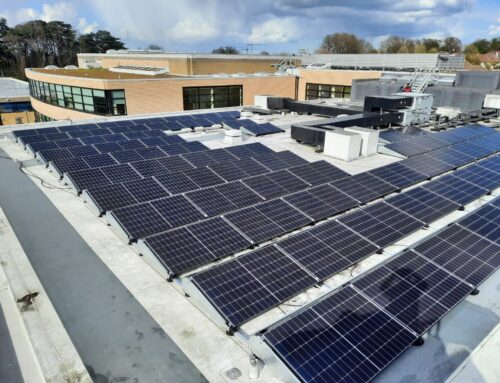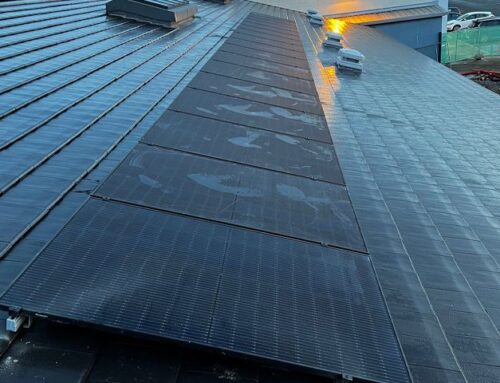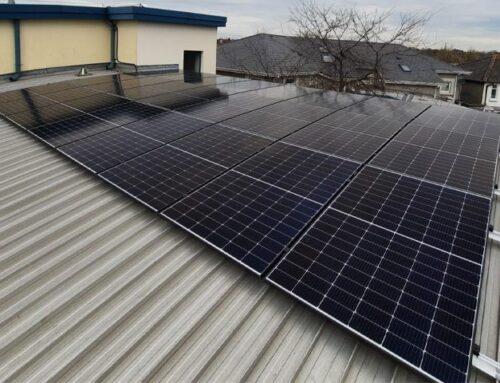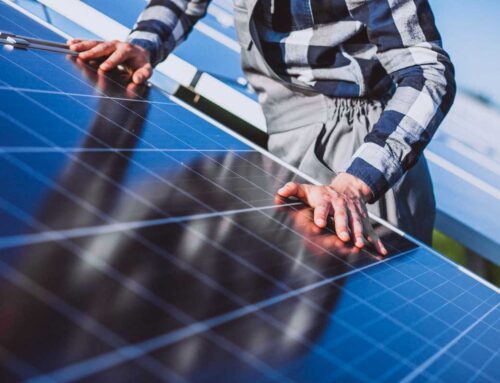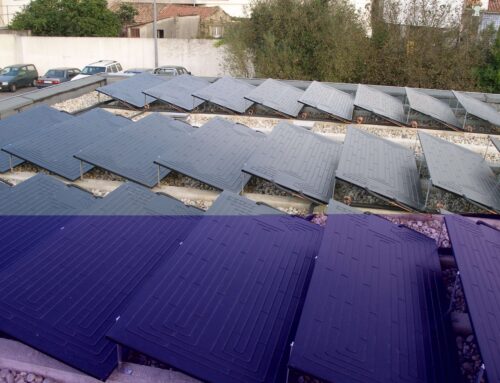Solar Panels used for heating domestic hot water comprise several innovations and many mature renewable energy technologies that have been well established for many years. Solar Panels have been widely used in Australia, Austria, China, Cyprus, Greece, India, Israel, Japan, Jordan, Nepal, Turkey, Spain and Portugal.
Solar Panels are designed to deliver hot water for most of the year. With our Thermodynamic Solar Panels however, you can get 100% of your hot water all year round both day and night and in all-weather types.
Overview:
Water heated by the sun is used in many ways. While perhaps best known in a residential setting to provide domestic hot water, solar hot water also has industrial applications and we have installed solar panels in numerous businesses such as Cadburys and St. Catherine’s Nursing Home.
In order to heat water using solar energy, a collector, often fastened to a roof or a wall facing the sun, heats a working fluid that is either pumped (active system) or driven by natural convection (passive system) through it. The collector could be made of a simple glass-topped insulated box with a flat solar absorber made of sheet metal, attached to copper heat exchanger pipes and dark-coloured, or a set of metal tubes surrounded by an evacuated (near vacuum) glass cylinder. In industrial cases a parabolic mirror can concentrate sunlight on the tube. Heat is stored in a hot water storage tank. The volume of this tank needs to be larger with solar heating systems in order to allow for bad weather, and because the optimum final temperature for the solar collector is lower than a typical immersion or combustion heater. The heat transfer fluid (HTF) for the absorber may be the hot water from the tank, but more commonly (at least in active systems) is a separate loop of fluid containing anti-freeze and a corrosion inhibitor which delivers heat to the tank through a heat exchanger (commonly a coil of copper heat exchanger tubing within the tank). Copper is an important component in solar thermal heating and cooling systems because of its high heat conductivity, resistance to atmospheric and water corrosion, sealing and joining by soldering, and mechanical strength. Copper is used both in receivers and primary circuits (pipes and heat exchangers for water tanks).

